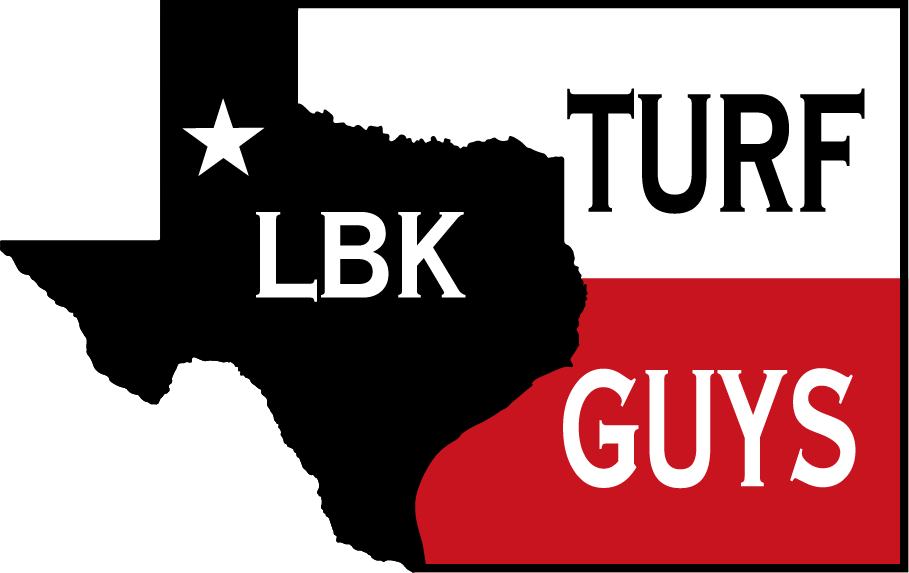Gas engines produce emissions, and lawn equipment is no exception. Fortunately there is something we can do about it:
Unlike natural grass, which requires regular mowing to maintain its appearance and health, synthetic turf is maintenance-free when it comes to mowing. Most lawns today are maintained using gas-powered lawn mowers, which are significant contributors to greenhouse gas emissions and air pollution- whereas an artificial turf lawn eliminates that need for gas-powered maintenance.
Gas-powered lawn mowers are shockingly inefficient. According to the U.S. Environmental Protection Agency (EPA), a traditional gas-powered mower emits as much pollution in one hour as a typical car does while driving approximately 100 miles. This is due to the fact that lawn mower engines are much less efficient than car engines, often lacking the sophisticated catalytic converters and emissions control technology found in vehicles. As a result, they release high levels of pollutants, including carbon monoxide, volatile organic compounds (VOCs), and nitrogen oxides (NOx)—all of which contribute to the formation of ground-level ozone, a major component of smog.
Every year in the United States, gas-powered lawn equipment contributes around 5% of the nation’s air pollution . This is compounded by the fact that over 17 million gallons of gasoline are spilled each year while refueling lawn equipment, which contributes to both air pollution and soil contamination .
By switching to artificial turf, homeowners and businesses can drastically reduce these emissions and help mitigate their carbon footprint. Unlike natural grass, synthetic turf does not require weekly mowing during the growing season, eliminating the need for fuel consumption and pollutant emissions associated with lawn care. This makes artificial turf an excellent choice for environmentally conscious individuals and organizations looking to reduce their greenhouse gas emissions.
In addition to reduced emissions from mowing, synthetic turf installation can also contribute to carbon sequestration by eliminating the need for fertilizers and pesticides, which are often petroleum-based. These chemicals not only have a carbon footprint associated with their production and transportation but can also emit nitrous oxide, a potent greenhouse gas, once applied to lawns.
In a world increasingly focused on sustainability and reducing carbon footprints, artificial turf offers a tangible solution to reduce both direct and indirect carbon emissions. The effect of eliminating gas-powered lawn care equipment on a larger scale could be monumental. A study by the California Air Resources Board (CARB) estimates that eliminating gas-powered lawn equipment could reduce emissions by as much as 1.4 million tons annually– that means cleaner skies to compliment your cleaner TURF lawn!
Thank you for taking the time to join us on our blog, Let’s Talk Turf!
Also don’t forget to check out our partners and industry leaders, Synthetic Grass Warehouse!
